The Bundanoon
free Audio Guide app
plus there is more history below if you wish:
First Police Station
31 Railway Avenue

This fine brick building was built in 1905 on land owned by Mrs Henrietta Calverley, after the Police Department asked the Calverleys to build a police station and residence for the Bundanoon police officer.
Also in 1905, Mrs Calverley bought an 8-foot wide strip of adjoining land, from her cousin Joseph Tooth to build a driveway at the side of the house.
James Calverley agreed to fund the building at his own expense and lease it to the police. It was built by Mr Walker from Kareela and James planned to live there later, when he retired from business.
A stylish home and lockup
The Federation-style home contained four bedrooms, living room, dining room, kitchen and larder, 10-foot high ceilings, decorative archways and fireplaces. As specified by the Police Department, a large office existed at one end of the front veranda so that the visiting public had somewhere to wait without having to enter the Constable’s home. There was stabling at the rear for the Constable’s horse, and a portable timber lockup with an iron roof. It had bunk beds for the inmates, and was very small and cramped.
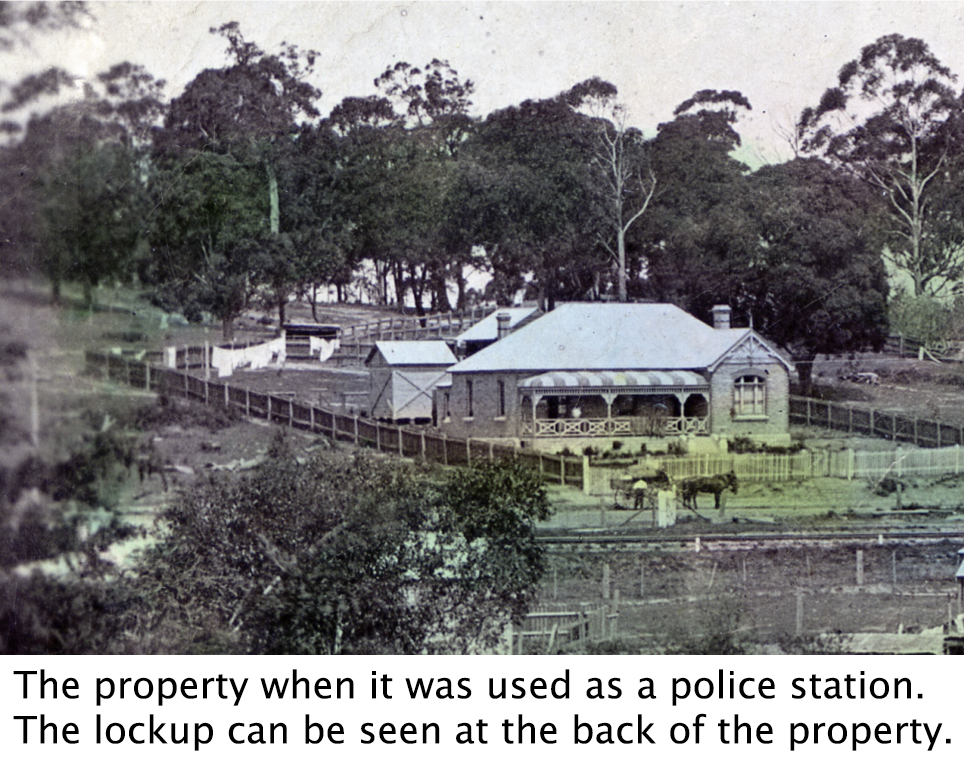
Constable White
Constable White and his family moved into their home in 1905. He was a popular figure as can be seen in this quote in The Scrutineer in November 1910.
For a month Constable White is absent on holidays. We miss his familiar trim figure, on foot or mounted on a splendid charger. Not that Bundanoon requires much policing. It is far too peaceful to need what, by the lay mind, is generally considered the chief duty of the officer in blue, viz walking about in leisurely fashion to hunt up petty or hardened offenders. Shall we add, and hoping not to find them?
One day in 1912, two inmates attempted to burn down the lock-up to escape and were charged with damage to a public building.
Later police stations
The lease of the first police station was terminated in 1930 when the Calverleys decided to retire. The police then relocated to a second police station on the corner of Anzac Parade and Church Street where they remained until a new station was built in 1936, also in Anzac Parade. The second police station provided a home for the Officer in Charge, the police office, two cells and an exercise yard. It also had a stable building with a garage, forage room and one stall.
The Calverley family
In 1930, after the police left, James Calverley and his family moved in and named the property “Altona”. It was named after their previous home, “he “Altona Guest House” which was behind the Railway Avenue shops and connected to their store the “Bundanoon Emporium” by a covered way. The family had bought the guest house and store in 1901.
James Calverley died in 1947 and Henrietta Calverley in 1960. Their daughter, Lillian Caroline Calverley lived in the house until 1987 when it was sold along with antique furniture including a 1904 Hapsburg upright grand piano. Lillian, who was a long-serving organist at the local Methodist Church, died in 1988, aged 88.
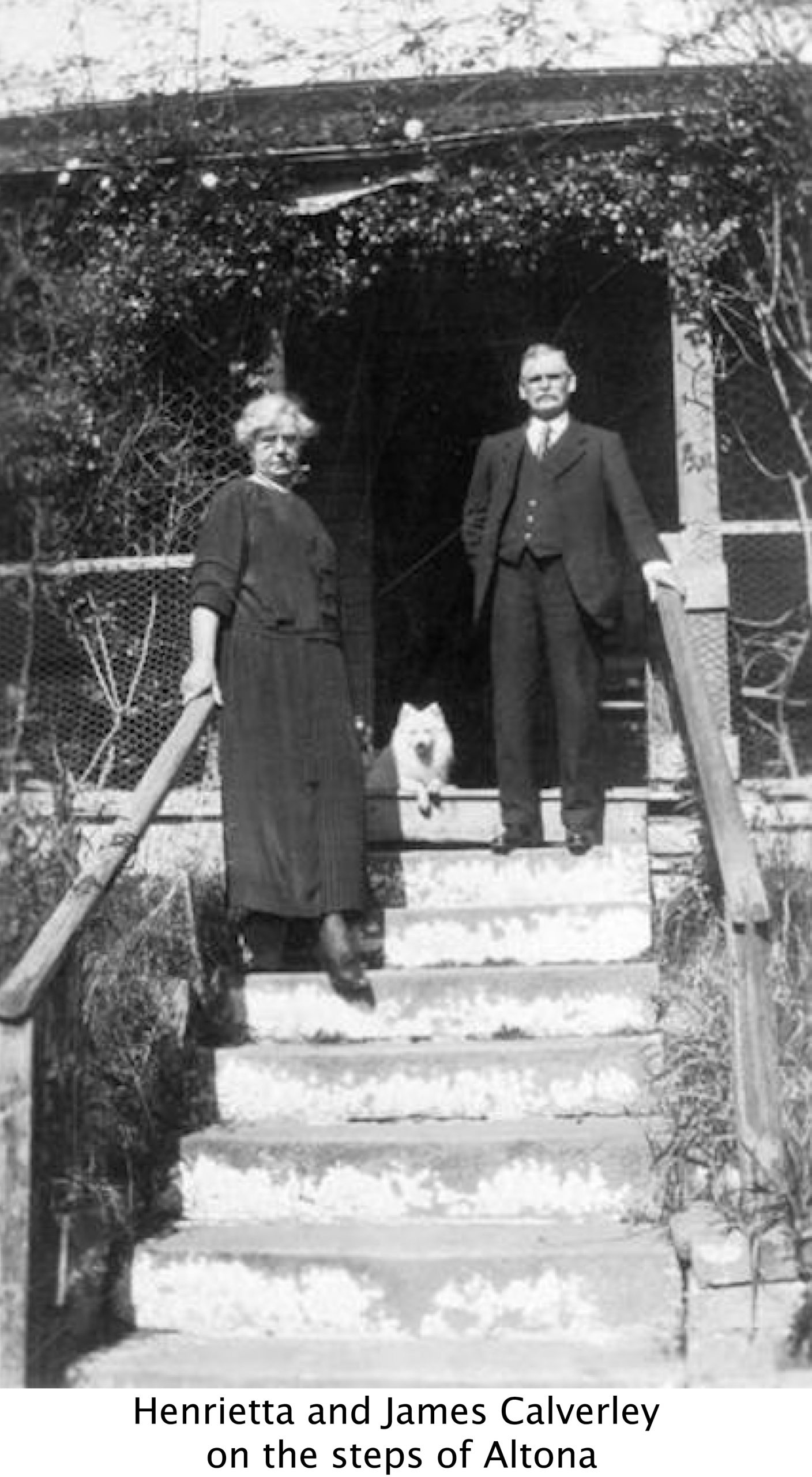
The Post Office
27 Railway Avenue
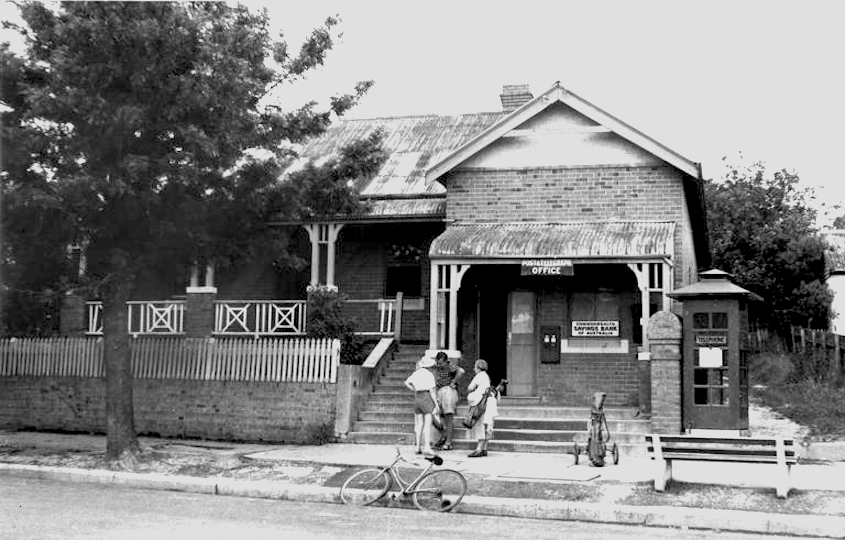
The Bundanoon Post Office has been located in four different buildings. Built around 1917, this was Bundanoon’s third post office. It met the postal authorities specifications for a post office, telegraph office, and postmaster’s residence. The first post office had opened in 1889 on the corner of Erith Street and Ellsmore Road, and the second in 1905 on the corner of Anzac Parade and Church Street.
The building’s architecture (brickwork, veranda woodwork), is similar to that of “Altona” next door, and is believed to have been built for the Calverleys by the same builder, Mr Walker of Kareela.
Mr Mobbs, who served in Bundanoon until about 1928, was the first postmaster to live here.
The “Hello Girls”
A manual telephone exchange was opened at the rear of the building in 1918 and was an important source of employment for generations of Bundanoon girls – fondly remembered as ‘the Hello Girls’.
Since the first telephone directory for Bundanoon contained only nine subscribers, everyone else wanting to make a call had to walk up the driveway at the side and ask the operator, through a window, to dial the number of the person they wished to speak to. The caller then waited in the telephone box outside for their call to be put through. The Morse Code tapping of telegrams coming in or going out was quite noisy and made it hard for the operator to hear callers.
Due to the increase in telephone numbers, the exchange later moved upstairs to the front room of the building.
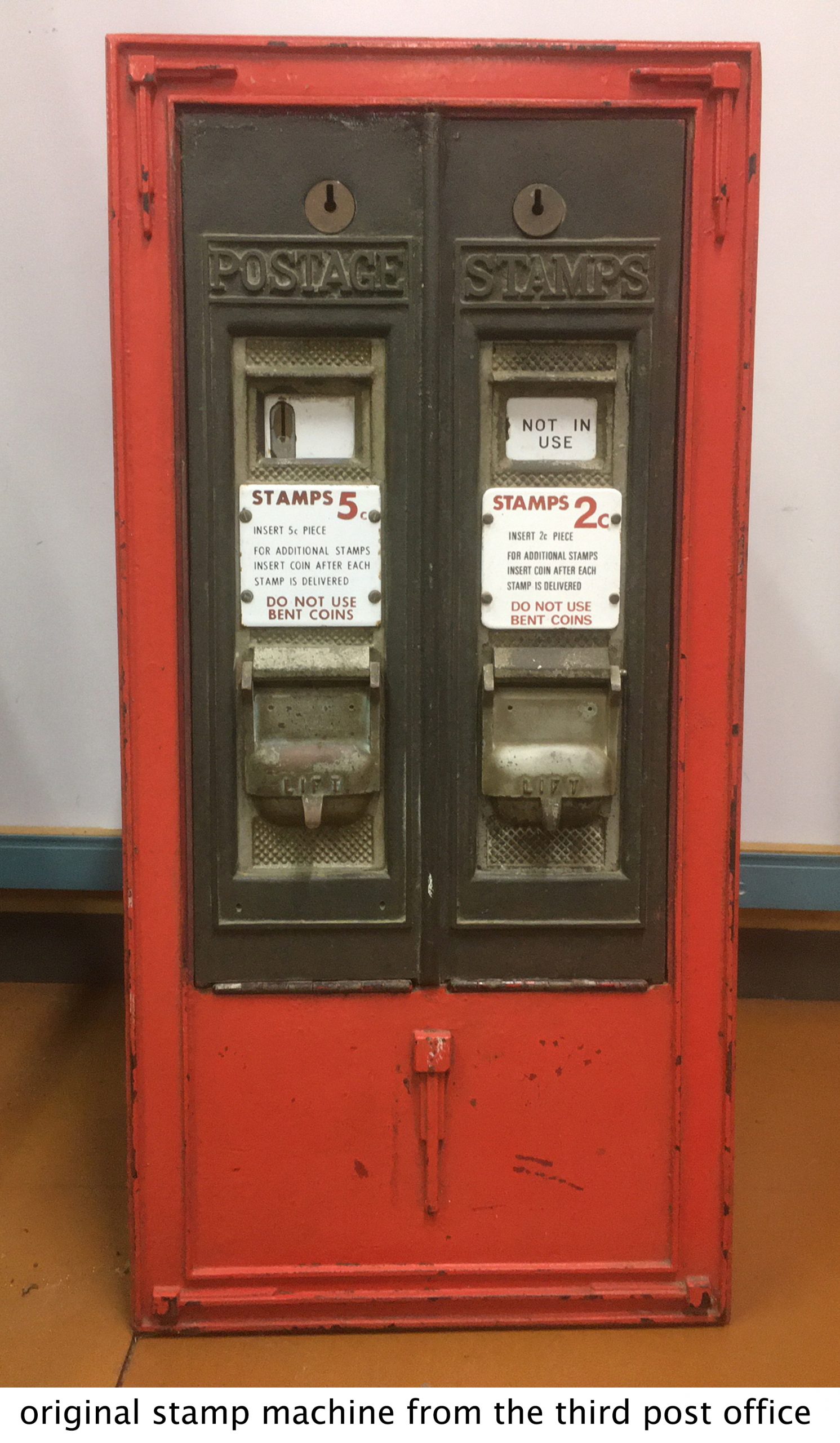
Letters, telegrams and stamps
In the 1920s there were no postal deliveries and everyone collected their letters from the post office. Inside there was a counter and a table at the side where Miss Lillian Tobin sat. She served as telegram/Morse code operator for about 40 years.
Archival photographs show that the location of the telephone box outside for receiving calls seems to have changed frequently. There was also a stamp machine set into the wall, which is now part of the Bundanoon History Group archive collection.
In 1958 a new Post Office building opened in Church Street and this building, then owned by Lillian Calverley, probably became a private residence.
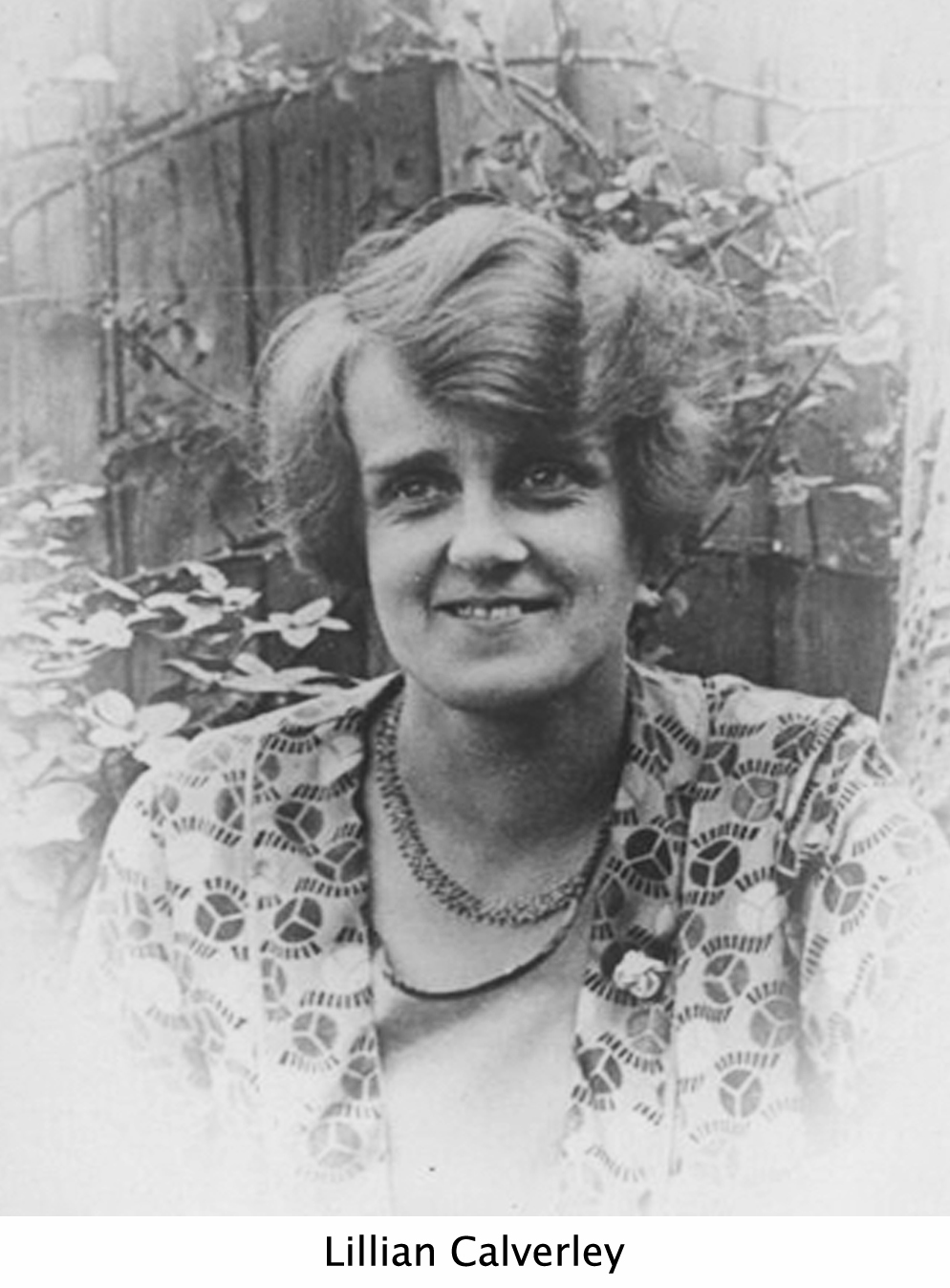
In 1984, ownership of the property changed again, but not before Wendy Johnston and Robyne Toohey had leased part as a second home for their “Poppins” restaurant. They also had plants for sale as part of their business on this site. They sold the business as a going concern in 1986.
Since “Poppins”, a series of restaurants have occupied that part of the building closest to Railway Avenue, whilst the other part was used as a residence. In 2005, the business called “The Bundanoon Bloomery” moved from a building in Railway Terrace to the property, and it was set up as an art gallery/plant nursery with separate cafe premises.

